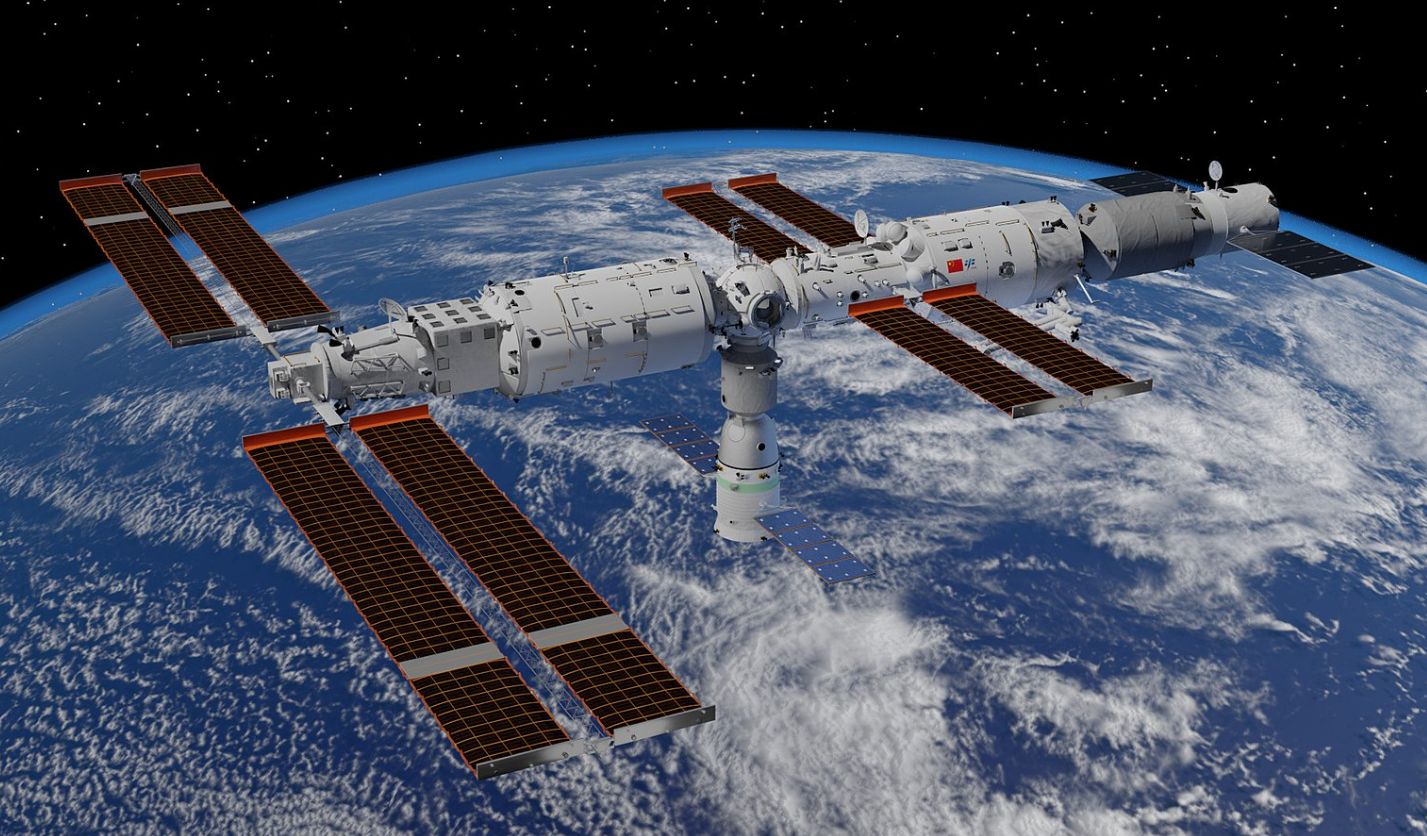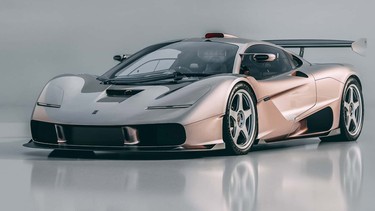Science
China’s Wukong Spacesuit Sets New Standard for AI in Space

China has taken a significant leap in artificial intelligence (AI) applications in space with the introduction of the Wukong spacesuit. Named after the legendary Monkey King from Chinese folklore, the Wukong suit is designed to enhance the capabilities of astronauts during spacewalks. This development not only showcases China’s advancing space technology but also raises important questions about the role of AI in future space missions.
The Wukong spacesuit is equipped with an advanced AI system that offers real-time guidance and operational references. This feature is particularly valuable during spacewalks, which are known for their demanding and unpredictable environments. The Tiangong Space Station serves as an ideal platform for testing such technology, allowing researchers to assess the practical application of AI in extreme conditions.
AI’s involvement in space activities has been a subject of growing interest, particularly in the context of space exploration and safety. The recent advancements made by China highlight a contrasting approach to that of the National Aeronautics and Space Administration (NASA), which has primarily focused its AI efforts on medical support rather than direct operational roles.
As AI continues to evolve, it is essential to understand its capabilities beyond the realm of scripted interactions. Current AI technologies often fall short of their potential when limited by basic chatbot functionalities. The complexity of space missions demands a level of responsiveness and adaptability that transcends conventional AI applications.
The emphasis on “AI dominance” can be misleading; the true measure of AI’s success lies in its functionality and reliability, especially in critical environments like space. The Wukong spacesuit exemplifies this need for practical application, proving that AI must be capable of performing essential tasks effectively to be deemed successful.
There is a compelling argument for collaboration between China and the United States in the development of AI technologies for space exploration. As both nations advance their capabilities, a unified approach could lead to significant improvements in safety and efficiency for future space missions.
In conclusion, the Wukong spacesuit represents a pivotal moment in the integration of AI in space exploration. As technologies continue to develop, the focus must remain on delivering practical value and ensuring that AI can meet the challenges of the cosmos. The responsibility now lies with researchers and policymakers to harness these advancements effectively, paving the way for a safer and more efficient future in space exploration.
-

 Science3 months ago
Science3 months agoToyoake City Proposes Daily Two-Hour Smartphone Use Limit
-

 Top Stories3 months ago
Top Stories3 months agoPedestrian Fatally Injured in Esquimalt Collision on August 14
-

 Health3 months ago
Health3 months agoB.C. Review Reveals Urgent Need for Rare-Disease Drug Reforms
-

 Technology3 months ago
Technology3 months agoDark Adventure Game “Bye Sweet Carole” Set for October Release
-

 World3 months ago
World3 months agoJimmy Lai’s Defense Challenges Charges Under National Security Law
-

 Lifestyle3 months ago
Lifestyle3 months agoVictoria’s Pop-Up Shop Shines Light on B.C.’s Wolf Cull
-

 Technology3 months ago
Technology3 months agoKonami Revives Iconic Metal Gear Solid Delta Ahead of Release
-

 Technology3 months ago
Technology3 months agoApple Expands Self-Service Repair Program to Canada
-

 Technology3 months ago
Technology3 months agoSnapmaker U1 Color 3D Printer Redefines Speed and Sustainability
-

 Technology3 months ago
Technology3 months agoAION Folding Knife: Redefining EDC Design with Premium Materials
-

 Business3 months ago
Business3 months agoGordon Murray Automotive Unveils S1 LM and Le Mans GTR at Monterey
-

 Technology3 months ago
Technology3 months agoSolve Today’s Wordle Challenge: Hints and Answer for August 19









